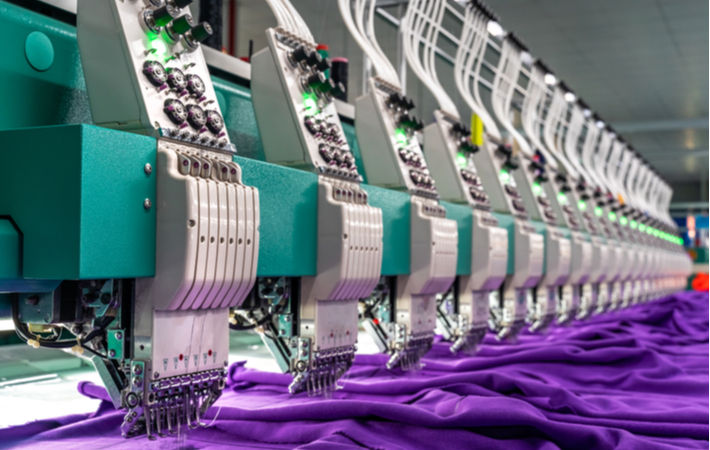Near-shoring limited by manufacturing capacity constraints: ILO

Near-shoring is defined as the re-emergence of garment production closer to major markets in Europe and North America.
How likely it is to occur, to what extent and how it might affect garment workers in Asia continue to be central questions for the industry, the brief, titled ‘The post-COVID-19 garment industry in Asia’, noted.
In the United States, growing trade friction with China, combined with the much-publicised supply disruptions during the pandemic, have revived talk of near-shoring of some US-bound garment production to parts of Central America in the post-pandemic period.
However, despite long-term trade agreements with Guatemala, Haiti, Honduras, Mexico and Nicaragua, there may be little incentive to relocate production, based on a recent comparison of ‘landed costs’ for garments made in Bangladesh, China and Mexico.
Similar to the European Union’s near-shoring, capacity is also an obstacle in Central America, in particular the limited fabric production infrastructure, the brief said. And while experts have noted that US buyers may look again to the region for new opportunities after the pandemic, factors linked to Asia, like the availability of raw materials will continue to loom large over these prospects.
Even after the pandemic, the combination of China’s control over most inputs and continued low-wage labour supply in parts of Southern and Southeast Asia will remain critical in determining the industry’s geography of sourcing, it noted.
Despite capacity constraints near the US and EU markets, some industry observers still predict a rise in near-shoring after the pandemic, particularly for high-value clothing and shoes, for which production is highly automated.
Near-shoring may also be the result of the shifting focus on circular business models as a sustainable alternative to the linear ‘take–make–dispose’ production systems. Production of basic essentials with fewer speed imperatives, such as socks and underwear, will remain in “traditional” production centres like Asia, the research brief added.
Fibre2Fashion News Desk (DS)
































-Ltd..jpg?tr=w-120,h-60,c-at_max,cm-pad_resize,bg-ffffff)





.jpg?tr=w-120,h-60,c-at_max,cm-pad_resize,bg-ffffff)
.jpg?tr=w-120,h-60,c-at_max,cm-pad_resize,bg-ffffff)






